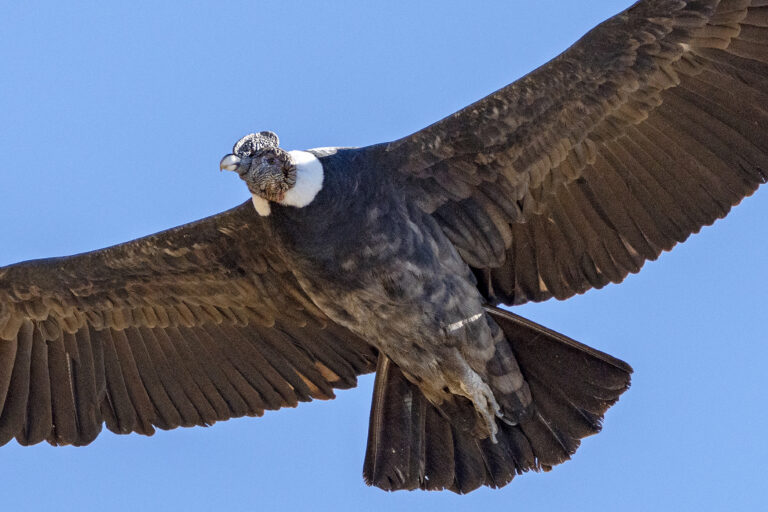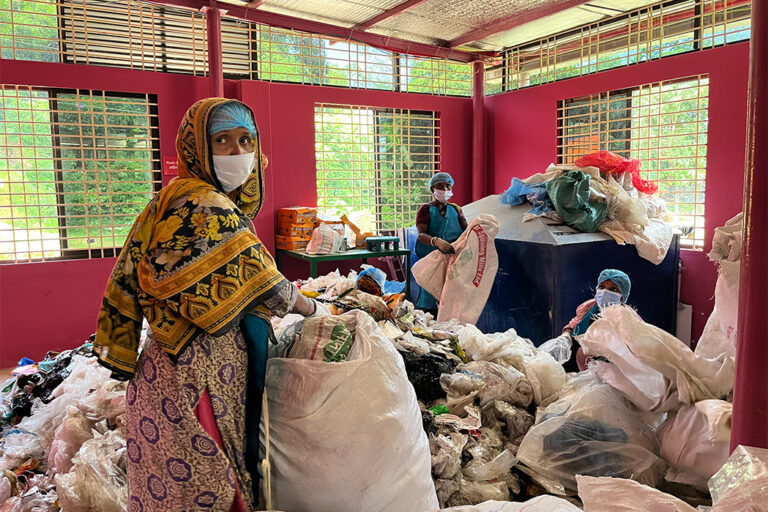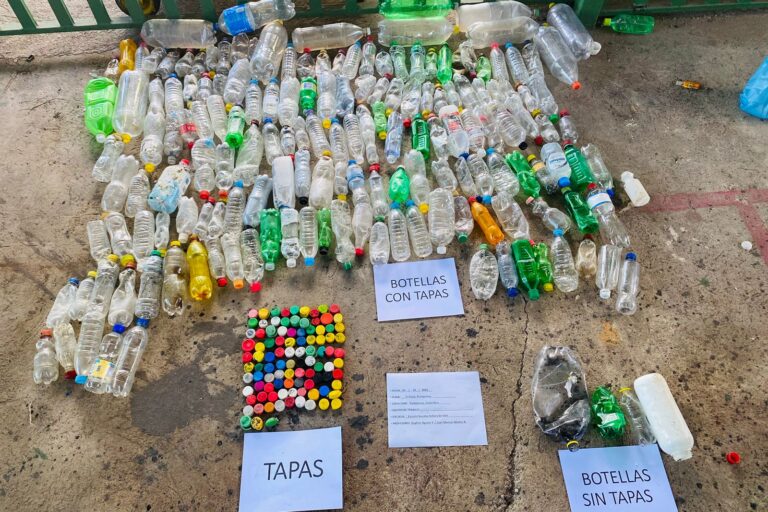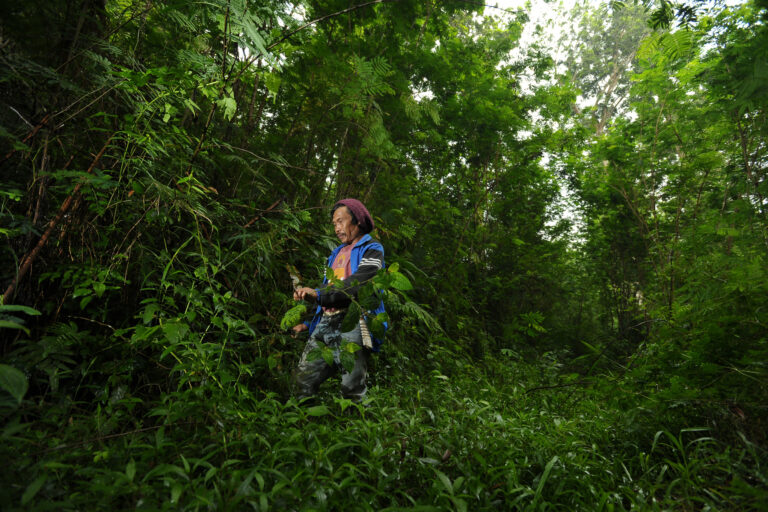- Brazil’s “reconstruction” project for the BR-319 (Manaus-Porto Velho) highway and associated side roads would open vast areas of Amazon forest to the entry of deforesters and loggers, writes Philip M. Fearnside in this commentary.
- A “preliminary license” for the project that was granted in 2022 by the anti-environmental Bolsonaro presidential administration was suspended in July 2024 by judicial order but is being appealed by the highway department.
- The highway department has submitted to the courts a consultant report it contracted claiming that the highway project is “environmentally viable” and the department’s press release claiming this as “proof” of viability is being touted by pro-BR-319 media and politicians. The highway project continues as a major threat to the Amazon forest, and pressure is mounting to force its approval, writes Fearnside.
- This text is a commentary and does not necessarily represent the views of Mongabay.
On September 14, Brazil’s National Department of Transportation Infrastructure (DNIT) submitted to the Federal Regional Court of the 1st Region (TRF1) a consultancy report that DNIT had contracted from Engespro (the company that had previously done the project’s environmental impact assessment), stating that reconstruction of BR-319 is “environmentally viable.” The new submission is to reinforce the appeal submitted on September 6. The preliminary license for the reconstruction of the “middle section” (km 250.0 to km 655.7) of BR-319 granted in 2022 under the Jair Bolsonaro presidential administration was annulled by a court decision on July 25, 2024, and an appeal by DNIT was rejected on August 23rd. The renewed attempt to revive the preliminary license is based on the Engespro report.
It is no surprise that a company hired by DNIT would reach the conclusion that its patron wants despite the enormous amount of evidence to the contrary (for example, see: here, here, here, here, here, here, here, here and here). The Engespro report was not released to the public, but a press release detailing its content was apparently reproduced verbatim in several pro-BR-319 media outlets. Various websites in Manaus tend to reproduce official press releases, even when they contain disinformation, as in this case (for example, see here, here, here, here and here]). Several of these even reproduced the claim in the title that DNIT had delivered “proof” of BR-319’s environmental viability. Unfortunately, measures such as building animal crossings and developing a “Governance Plan – State Conservation Units of BR-319” to promote tourism do not confer this “viability.”
More shocking is that “The document points out that improving access and expanding the road network, especially towards state highways AM-366 and AM-364” will “promote the development of rural and forestry activities in the affected areas.” The “rural and forestry activities in the affected areas” refer, of course, to deforestation and forest degradation by logging. AM-366 is the planned road that would allow deforesters and loggers to access the vast “Trans-Purus” region to the west of the Purus River that flows parallel to BR-319 (Figure 1).

The document lists Tapauá as a “strategic city” (in Brazil all municipal seats are considered to be “cities” regardless of size). This small city, located where the planned AM-366 would cross the Purus River, is indeed very strategic: it would be the spearhead for the opening of the Trans-Purus region. This region, which is the largest block of Amazon rainforest still intact, includes the enormous planned “Solimões Sedimentary Area” oil and gas project, starting just 35 km west of Tapauá on the AM-366 route (see here, here and here), and the area along the planned route that is already claimed in the CAR by large land grabbers (Figure 1). The same area is targeted by agribusiness interests in the notorious deforestation and burning hotspot known as “AMACRO” that surrounds the borders between the states of Amazonas, Acre and Rondônia.
Until now, DNIT has treated the plans for AM-366 as something completely separate from BR-319, and for which this federal agency has no responsibility. The Environmental Impact Assessment (EIA) for BR-319 (commissioned by DNIT) considers only an area of influence along BR-319 itself, not the vast Trans-Purus region. AM-366 has been the “elephant in the room” in all official documents and discussions about BR-319’s impacts. The plan for AM-366 only exists because of BR-319, to which it would connect, and its impact is, indeed, part of the impact of the planned reconstruction of BR-319. The lobbying group “Friends of BR-319” is pushing not only for BR-319, but also for AM-366 (see here and here).
The notion that the impacts of BR-319 could be avoided by implementing “governance” is a fiction used to facilitate the approval of the project. This is shown by experiences such as the “Sustainable BR-363 Plan” on the Santarém-Cuiabá highway – the very case used as an example by DNIT’s BR-319 Working Group (see here and here). Representatives of the Federal Police and the Brazilian Army have even said that they are not able to control the impact on the edge of BR-319 itself, much less adding to this the vast area that would be opened up by AM-366.
If BR-319 is rebuilt, the push to build AM-366 would be difficult to control. Since it is a state highway, in theory the state environmental agency would be responsible for licensing. This offers very little protection, and a simple order from the governor can lead to the granting of any license regardless of the impacts. This was shown by the scandal in 2017, when the miners who set fire to the IBAMA and ICMBio headquarters in Humaitá were promptly awarded a license to mine on the Madeira River (see here and here). Theoretically, a federal license could be required for AM-366 due to its impact on Indigenous peoples, but this is also a protection that is often circumvented, as in the case of the state license for the potassium mine in Autazes that impacts the Mura people and the state license for natural gas extraction in Silves that impacts other Mura communities and which managed to escape federal licensing through a mere statement by the state government that the project would not impact Indigenous people. In conclusion, decisions about the BR-319 reconstruction project need to take into account the enormous impacts of AM-366, which definitively nullify any “environmental viability” of BR-319.
An earlier Portuguese version of this text is available at Amazônia Real.
Header image: NASA satellite image of BR-230 in Brazil.














